2013 Visiting Speakers
Here are a few of our guest speakers from Mathcamp 2013:
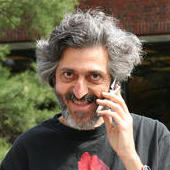
Avi Wigderson (School of Mathematics, Institute for Advanced Study)
Avi Wigderson studies Computational Complexity Theory, the mathematical foundations of computer science. This field tries to understand questions like "is multiplication harder than addition?" and "is discovery harder than verification?" (the latter is the famous "P vs. NP problem"). Favorite result: a "zero-knowledge" proof of every theorem. Visit Avi's website.
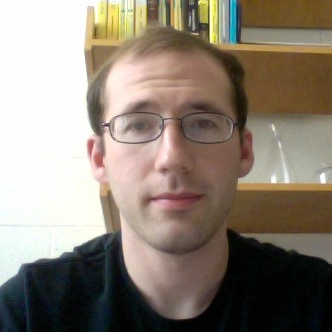
Ben Elias (MIT)
Ben Elias works on representation theory and categorification. Categorification is the art of finding the deeper, richer structure which lies behind well-studied phenomena. This structure has traditionally been studied using geometry, but Ben's style is to find new, easier, and more explicit tools to work with categorifications. In the meantime, Ben is happy to school you in any manner of board game or card game, or to outdance you in DDR.
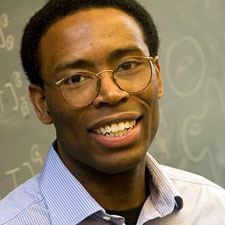
Craig Sutton (Dartmouth)
Craig Sutton works on problems in inverse spectral geometry, where one explores the extent to which the geometry of a manifold is encoded in the spectrum of its associated Laplace operator. Metaphorically speaking, this means he considers the extent to which we can hear the shape of a drum. Of particular interest to him is understanding whether we can "hear" the geometry of spheres and other symmetric spaces. When not working on mathematics, Craig can often be found playing hockey or cycling. He looks forward to exploring spectral geometry and symmetry with Mathcamp participants this summer. Visit Craig's website.
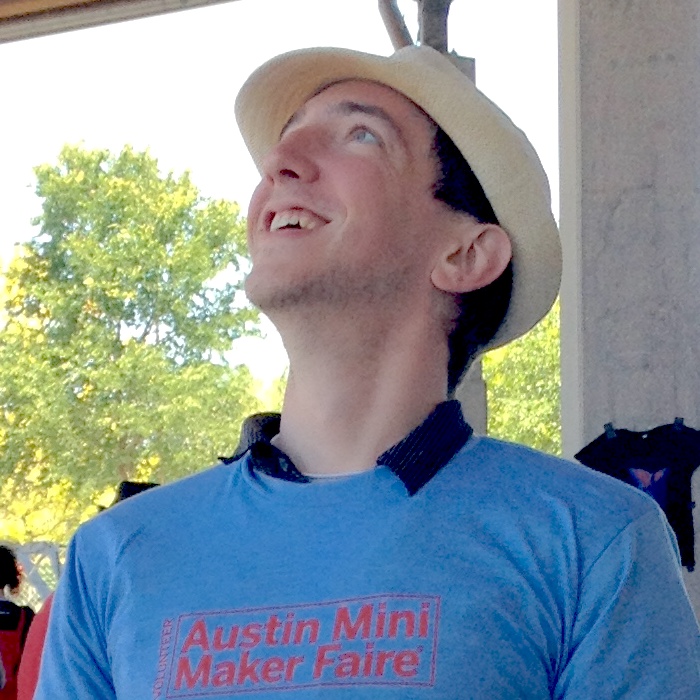
David Jordan (University of Edinburgh)
David is interested in representation theory, which is the study of how to make abstract symmetries (of space, time, shapes, varieties) into concrete systems of matrices. He is especially interested in interactions with physics. His course will be something a primer to thinking about the interactions between pure mathematics and theoretical physics. When he is not doing math, he likes to build stained glass windows, shoot a bow and arrow, play the mandolin, and go rock climbing.
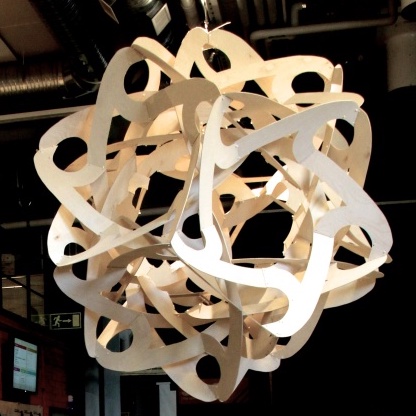
George Hart (Museum of Mathematics)
George loves to take cool geometric ideas and translate them into tangible physical form, for example by making geometric sculpture. He's a co-founder of the Museum of Mathematics in NY, where he was Chief of Content during its design phase, but now is a freelance mathematician. When he visits Mathcamp, he likes to try out new ideas for hands-on workshops. Visit George's website.
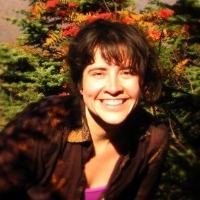
Gwen Spencer (Dartmouth/Smith)
Gwen specializes in combinatorial optimization. Functions are defined over patterns of many light switches: each switch is either "on" or "off." The total pattern of switches determines the value of the function. Such functions encode many classic and contemporary optimization problems in networks including applied problems in ecology, but they are tricky to optimize since derivatives don't exist. Further, while a solution to a particular problem is nice, what we really want is a method that solves every single example of a type of problem. How can optimal (or provably-near optimal) solutions be found?
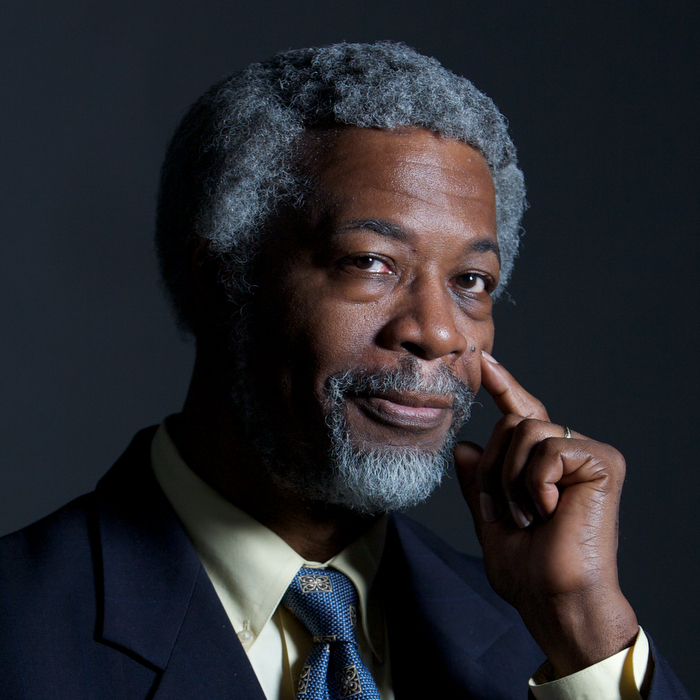
Jim Gates (UMD)
Jim Gates uses mathematical models involving supersymmetry, supergravity, and superstring theory to explore nature. One of his current focus areas includes Adinkras, a new mathematical concept, linking computer codes like those in browsers to the equations of fundamental physics as if our physical reality resides in the science fiction movie, ``The Matrix.'' Read more about Dr. Gates.
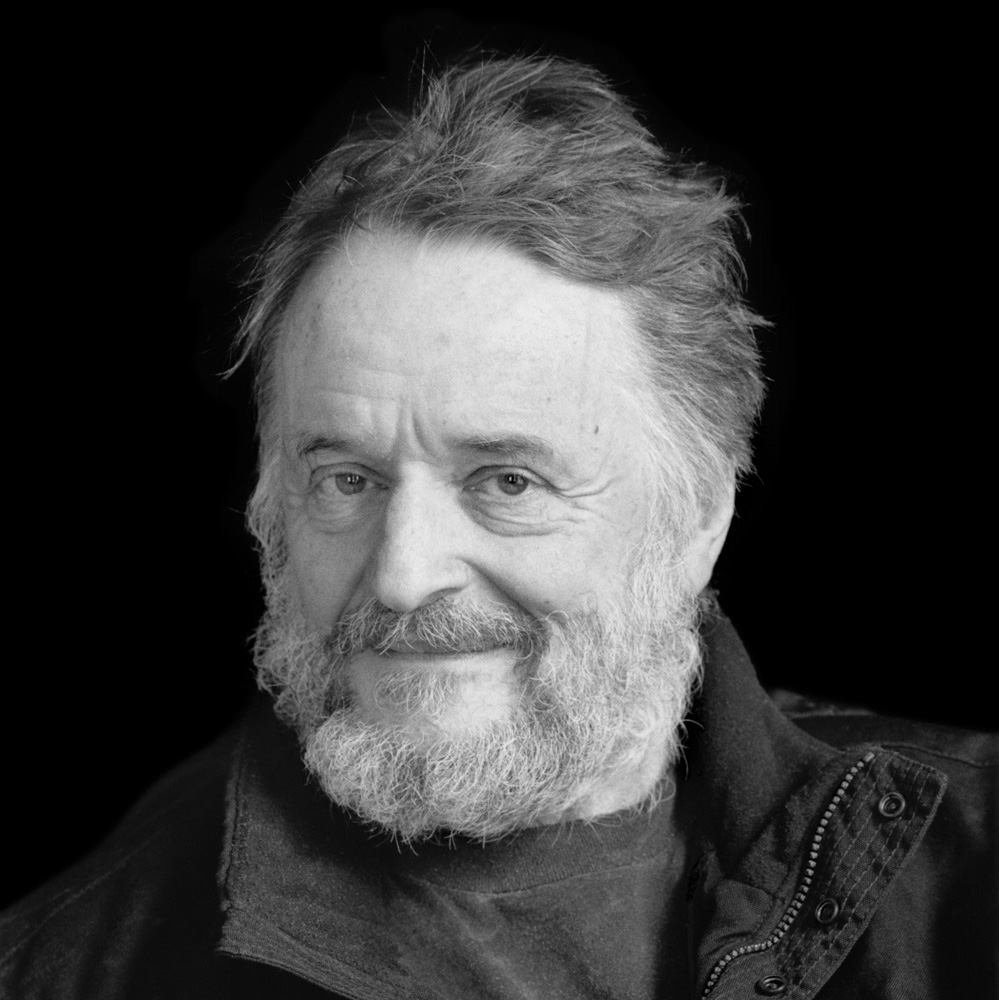
John Conway (Princeton University)
One of the most creative thinkers of our time, John Conway is known for his ground-breaking contributions to such diverse fields as knot theory, geometry of high dimensions, group theory, transfinite arithmetic, and the theory of mathematical games. Outside the mathematical community, he is perhaps best known as the inventor of the "Game of Life."
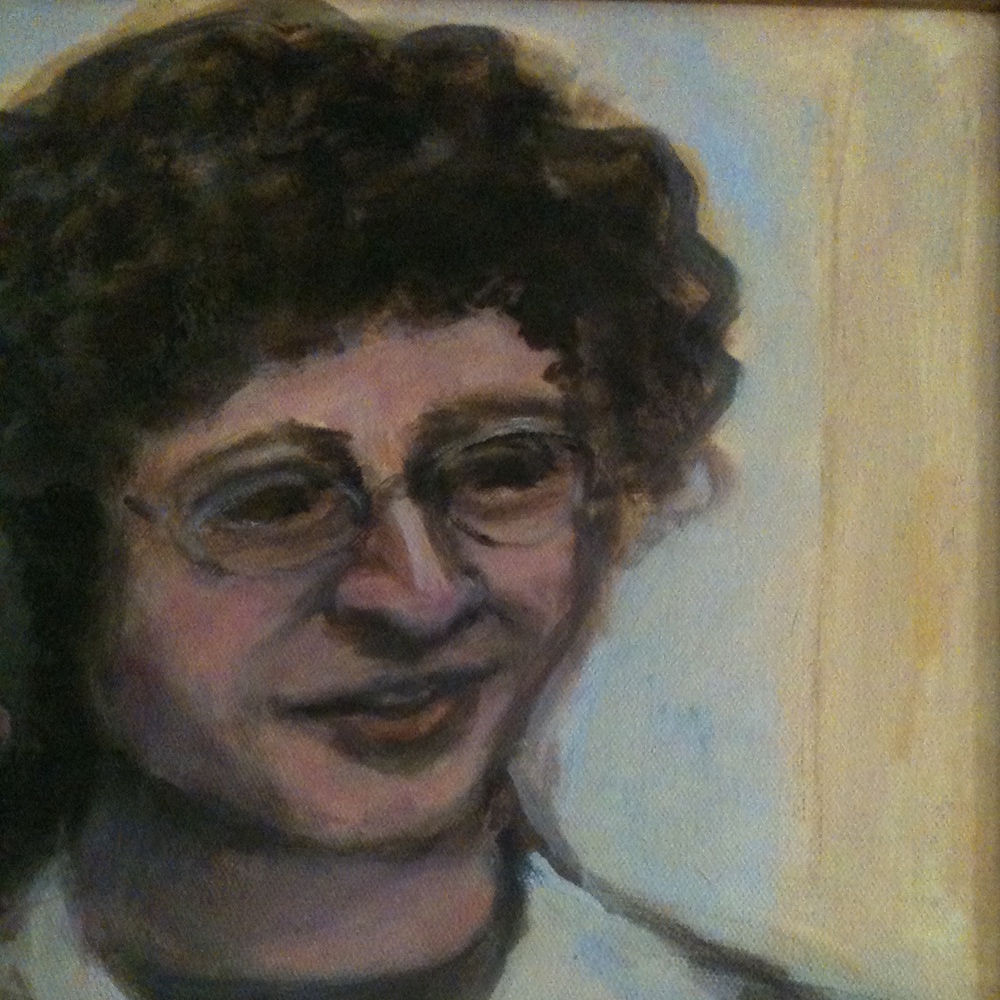
Jonathan Tannenhauser (Wellesley)
Jonathan Tannenhauser teaches math at Wellesley College. In the past he has worked in theoretical physics, finance, and the genomics of birdsong, and more recently he has become interested in the history of mathematics. This is his fifth visit to Mathcamp.
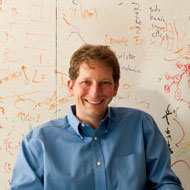
Josh Tenenbaum (MIT)
Josh Tenenbaum is a professor of cognitive science and a member of the MIT Computer Science and Artificial Intelligence Lab (CSAIL). In his research, he builds mathematical models of human and machine learning, reasoning, and perception. His interests also include neural networks, information theory, and statistical inference. Visit Josh's website.
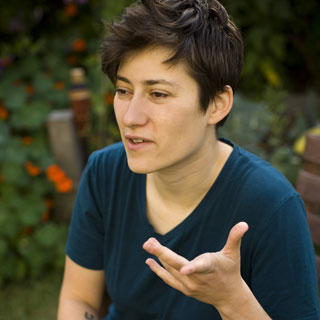
Moon Duchin (Tufts)
Moon Duchin works in geometric topology and geometric group theory. She particularly looks at the large-scale geometric structure of groups and unusual metric spaces. One recurring theme is taming the geometric infinite by either attaching a "boundary at infinity" to a space you want to study, or else approaching it dynamically by understanding what happens after you flow or jump around in your space for a really long time. She's also actively interested in history, philosophy, and cultural studies of science. Visit Moon's website.
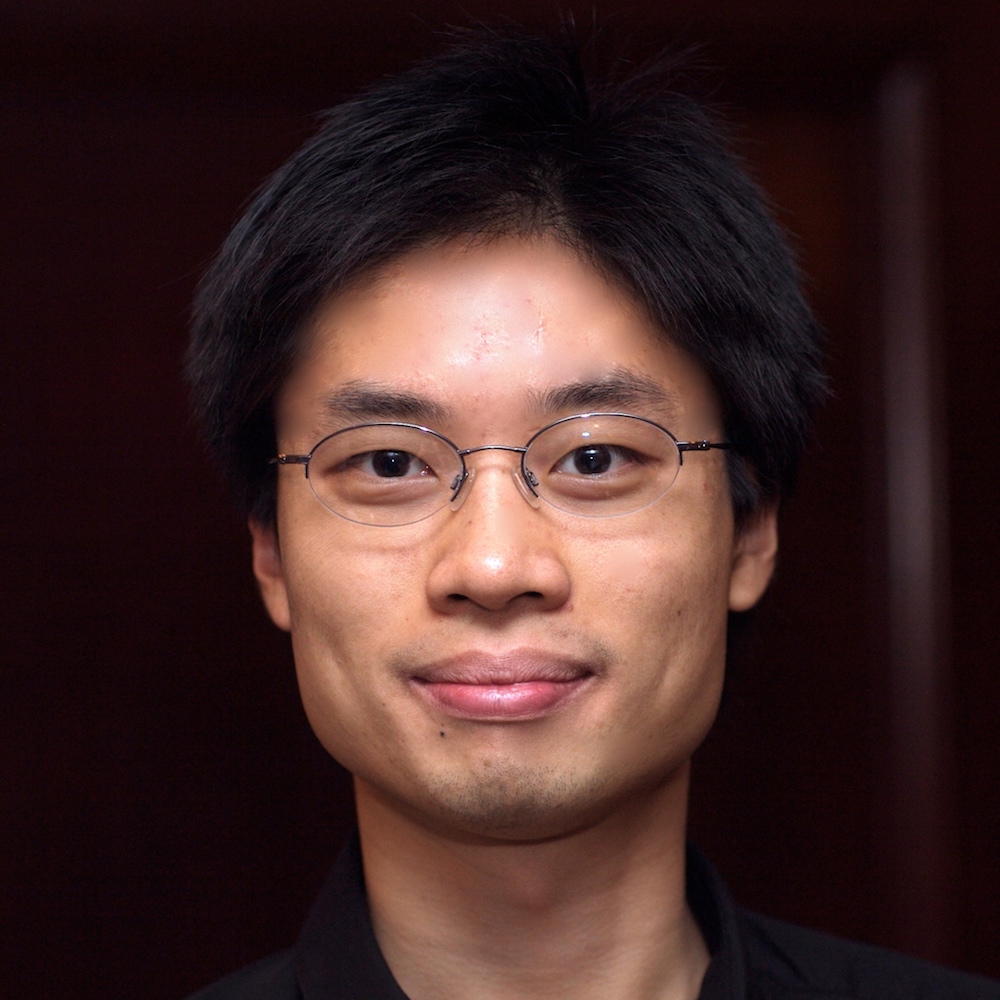
Po-Shen Loh (Carnegie Mellon)
Po-Shen Loh studies questions that lie at the intersection of two branches of mathematics: combinatorics (the study of of discrete systems) and probability theory. Randomness can manifest itself in the construction of a combinatorial system, as in the case of a so-called "random graph", but may also be artificially introduced as a proof technique to solve problems about purely deterministic systems, as was pioneered by Paul Erdos in what is now known as the Probabilistic Method. Visit Po-Shen's website.
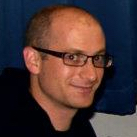
Sam Payne (Yale)
Sam Payne studies algebraic varieties with techniques from nonarchimedean geometry. He has nothing against archimedean geometry (not really, anyway), and holds a deep and enduring admiration for Archimedes, who single handedly defended the city of Syracuse against Marcellus and the forces of the Roman Empire. For a while. That ended badly, but the point is that Archimedes discovered the laws of hydrostatics and the principle of the lever, invented devices like The Claw and The Screw and The Spiral and The Method. The last of which is more a mathematical technique than a device -- it's basically the Fundamental Theorem of Calculus, but 2000 years before Newton and Leibniz. And he used it to compute the volume of the sphere(!). And then he wrapped it in bacon and shot it into space. What this is all leading up to is that nonarchimedean geometry, although not discovered by Archimedes, really owes its (co)identity to this great man, and if he were here at Mathcamp, he would get along with Sam just fine, and they would take a little while to talk about what's been happening in math for the last 2300 years, and then they would prove something awesome about algebraic curves and surfaces using p-adic analysis.
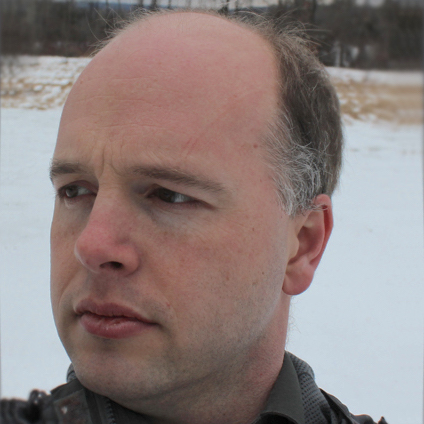
Scott Taylor (Colby College)
Scott Taylor studies topological knot invariants (like bridge number and tunnel number) using modern versions of classical techniques (like thin position and sutured manifold theory). He's always up for combinatorial arguments that give topological insight. He also loves exploring relationships between mathematics, literature, and art. Visit Scott's website.





